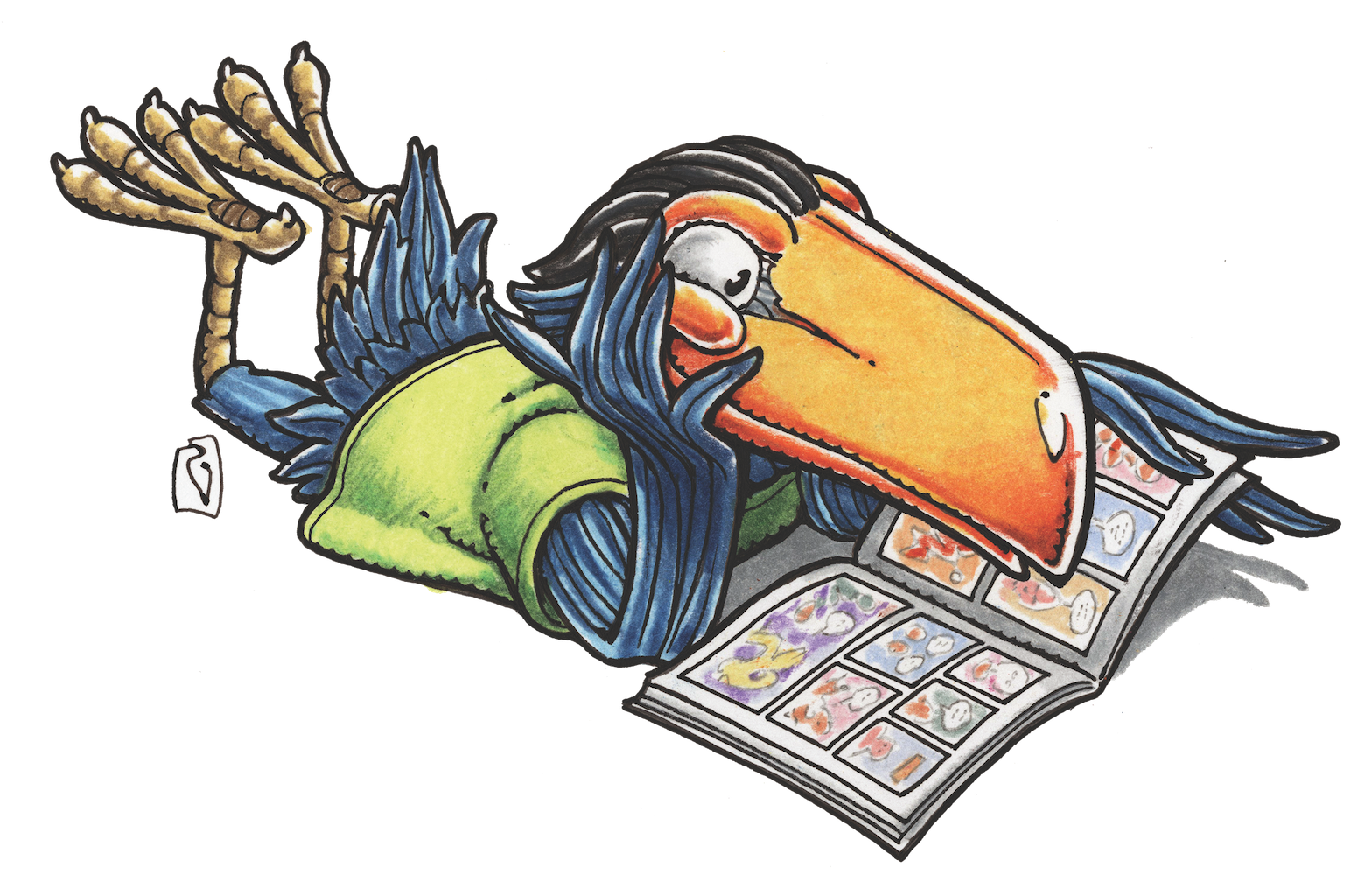WRITERS & ARTISTS: BUILDING A BETTER COLLABORATION
Dilettante 005: Writing for an Artist


A correspondent recently asked me if I could share some tips about working with an artist. Of course. I’m always happy to tell someone else how to do their job.
Have you heard this aphorism: “Comics have an unlimited budget?” Remember it, because it’s wrong and you’ll want to humiliate and belittle anyone who brings it up. Your artist has to draw the stuff you are writing about, and his or her available time is your budget. Comics are drawn on deadline, and there are only so many hours in the days between when you send off your script and when the artist has to complete the story. If she spends all those hours drawing the 30 separate bicyclists you describe on page 1, she’s not going to have much time left for the alien armada on page 22.
Different things take different stretches of time for different artists. Sometimes a script will require a lot of research; other times the artist can draw it all right out of his head or with the help of a few quick Google searches. My studiomate David Hahn knows a lot more about military subjects and aviation than most artists, so an Air Force script isn’t going to require three days of research before he can credibly draw panel 1.
Similarly, Bucko collaborators Jeff Parker and Erika Moen both live in Portland, Oregon. When Jeff wrote a scene that took place at the Burnside Bridge, he knew Erika would have no trouble depicting it; she rides by it every day! But when Greg Rucka writes about Portland in Stumptown, it’s for his artist’collaborator Matthew Southworth. Matthew doesn’t live here, so Greg knows that it’s important to round up Portland reference for Matthew to work from. The less time Matthew spends figuring out what the exterior of Voodoo Donuts looks like, the more time he can lavish on subtleties of mood and body language. Any reference or guidance you can provide in advance to your not-yet-a-subject-matter-expert artist will speed the process.
Likewise, it’s in your best interest to write toward your artist’s strengths. The same script about beauty pageant infighting would read very differently if drawn by Dave Stevens, Moto Hagio, or Robert Crumb. How do you know your artist’s strengths? Ask her what she thinks they are. And look at her other work, too. Is she best at compelling dialogue, or visceral action scenes? Drawing architecture, or depicting nature? You may see something in it that others have missed.
Overall, the most important thing you can do for your artist is to think visually. That doesn’t mean you should waste time shot-calling—micromanaging the “camera” work and composition of panels and pages. Just about every artist I know makes a point of ignoring the camera angles described in a script. An artist is juggling dozens of variables when he composes a page. He needs to know your intent for each panel: what information the reader should learn, what emotions the reader should feel. If you have clear ideas of how to convey these, by all means share them. But remember that a good artist will be the best judge of how to deploy his pictures to communicate your story. And a bad artist will blow it, no matter how precisely you describe that composition.
So what does thinking visually mean? It means using the pictures to advance the story. If you establish that Roxy thinks about growing up in Alaska when she holds her stuffed toy sled dog, you can show her changing attitudes to that childhood by showing how she interacts with that toy. It means describing settings to your artist, along with what the setting needs to communicate. And by the way, try not to ask for a “nondescript room.” That doesn’t tell your artist anything except that you couldn’t be bothered to describe it. If the setting has no bearing on the impact of the scene, can you set the scene somewhere else that does?
It also means asking for things that can actually be drawn in a single image. Cute double-takes aside, a character can display only one emotion per panel.
Above all else, make it clear to your artist you’re available to answer questions. The best possible outcome is a comic that transcends mere assembly-line construction and becomes a true collaboration.
Steve Lieber’s Dilettante appears the second Tuesday of each month on Toucan.